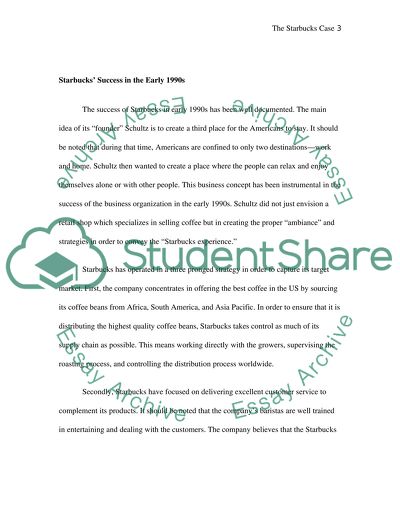Cite this document
(The Starbucks Marketing Strategy Case Study Example | Topics and Well Written Essays - 2250 words, n.d.)
The Starbucks Marketing Strategy Case Study Example | Topics and Well Written Essays - 2250 words. Retrieved from https://studentshare.org/marketing/1505727-case-study-about-starbucks-marketing
The Starbucks Marketing Strategy Case Study Example | Topics and Well Written Essays - 2250 words. Retrieved from https://studentshare.org/marketing/1505727-case-study-about-starbucks-marketing
(The Starbucks Marketing Strategy Case Study Example | Topics and Well Written Essays - 2250 Words)
The Starbucks Marketing Strategy Case Study Example | Topics and Well Written Essays - 2250 Words. https://studentshare.org/marketing/1505727-case-study-about-starbucks-marketing.
The Starbucks Marketing Strategy Case Study Example | Topics and Well Written Essays - 2250 Words. https://studentshare.org/marketing/1505727-case-study-about-starbucks-marketing.
“The Starbucks Marketing Strategy Case Study Example | Topics and Well Written Essays - 2250 Words”, n.d. https://studentshare.org/marketing/1505727-case-study-about-starbucks-marketing.


